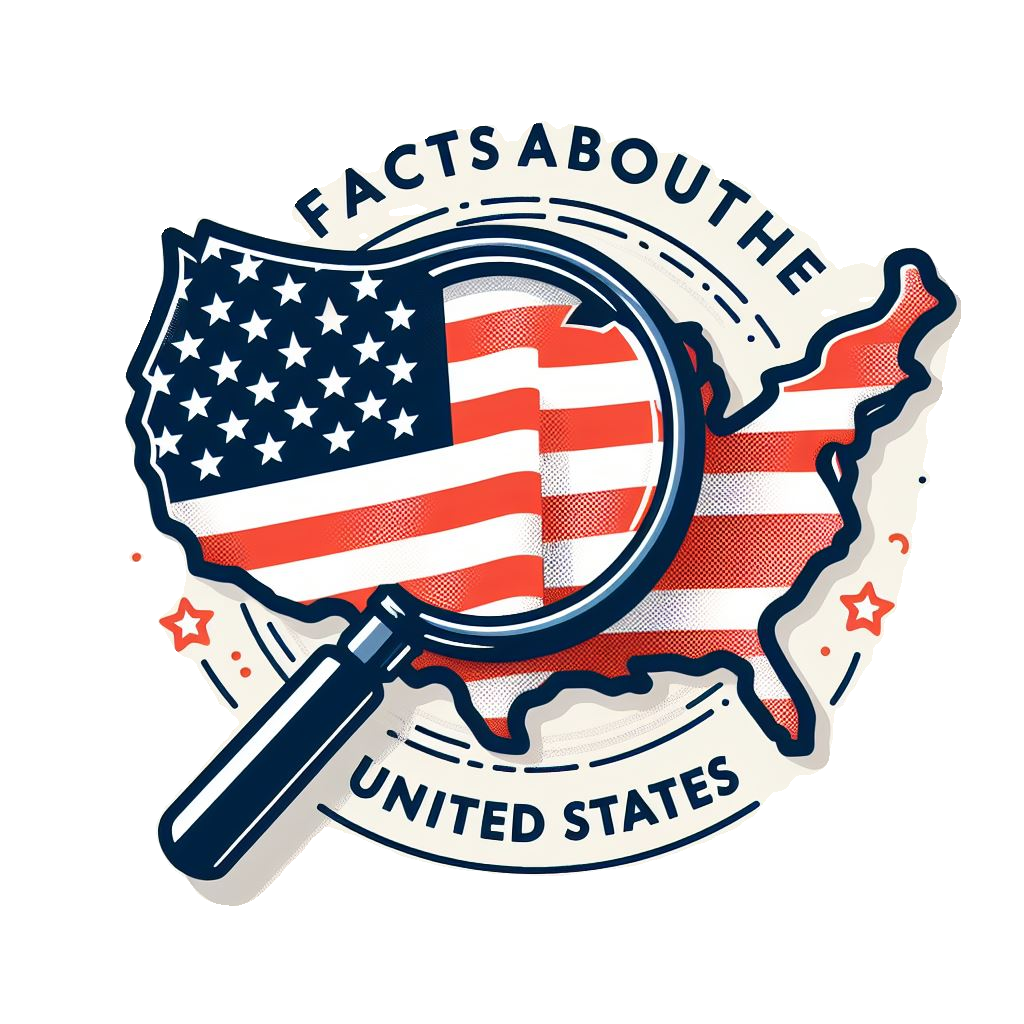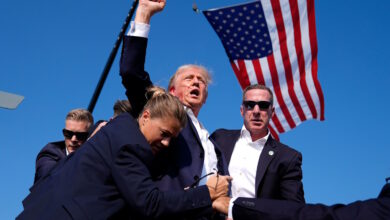The Role and Impact of the United States Federal Reserve
The United States Federal Reserve, often referred to as the Fed, is a cornerstone of the U.S. financial system, wielding significant influence over the nation’s economy. Established by Congress through the Federal Reserve Act in 1913, its primary purpose was to address banking panics that were all too common in the late 19th and early 20th centuries. Today, the Fed’s roles and responsibilities have expanded, making it a pivotal entity in shaping the economic landscape. This article delves into the structure, functions, and impact of the Federal Reserve, providing a comprehensive overview of its pivotal role in the U.S. economy.
Structure: A Unique Blend of Public and Private Elements
The Federal Reserve System is a unique entity combining aspects of a private corporation and a government agency. It comprises three key components:
- The Board of Governors: Located in Washington, D.C., this group of seven members, appointed by the President and confirmed by the Senate, oversees the entire system. The Board’s responsibilities include setting reserve requirements and approving the discount rate banks receive when borrowing from the Fed.
- The Federal Reserve Banks: Twelve regional Fed banks across the country act as the operating arms of the system. These banks implement the monetary policy directives from the Board, provide banking services to commercial banks and the U.S. government, and monitor their respective regions’ economic conditions.
- The Federal Open Market Committee (FOMC): This committee is the Fed’s primary monetary policymaking body. It consists of the seven members of the Board of Governors, the president of the Federal Reserve Bank of New York, and, on a rotating basis, four other regional bank presidents. The FOMC meets regularly to set monetary policy, primarily through open market operations.
Functions: Managing Monetary Policy and Beyond
The Federal Reserve‘s principal function is to manage the U.S. monetary policy to achieve three main objectives: maximizing employment, stabilizing prices, and moderating long-term interest rates—a mandate commonly referred to as the “dual mandate.” The Fed employs various tools to control the supply of money and credit in the economy, including:
- Open Market Operations (OMO): The most frequently used tool, involving the buying and selling of government securities to influence short-term interest rates and the supply of money.
- The Discount Rate: The interest rate charged to commercial banks and other financial institutions when they borrow reserves from the Fed.
- Reserve Requirements: The amount of funds that a depository institution must hold in reserve against specified deposit liabilities.
Beyond monetary policy, the Fed has responsibilities in regulating and supervising banks to ensure the safety and soundness of the nation’s banking and financial system and to protect the credit rights of consumers. Additionally, it maintains the stability of the financial system and provides financial services to the U.S. government, U.S. financial institutions, and foreign official institutions.
Impact: A Balancing Act of Economic Influence
The Federal Reserve’s policies significantly impact the U.S. economy. By influencing interest rates, the Fed aims to achieve a balance between promoting economic growth and controlling inflation. Lowering interest rates can stimulate economic activity by making borrowing cheaper, thus encouraging spending and investment. Conversely, raising rates can help cool an overheated economy and curb inflation.
The Fed’s role in times of financial crisis is particularly noteworthy. During the 2008 financial crisis, for example, the Fed implemented a series of unconventional monetary policy tools, such as quantitative easing, to stabilize the financial system and support economic recovery.
Conclusion: An Indispensable Institution in the Economic Landscape
The Federal Reserve plays a crucial role in the U.S. economic framework, navigating complex trade-offs to foster a stable and healthy economy. Its decisions on monetary policy reverberate through the economy, affecting everything from inflation rates to employment levels, and from the value of the U.S. dollar to the cost of borrowing. As the Fed continues to adapt to the changing economic landscape, its actions will remain under scrutiny, given their profound impact on the economy and the livelihoods of Americans. Understanding the Fed’s structure, functions, and impact is essential for anyone interested in the dynamics of the U.S. economy and the mechanisms of monetary policy.




